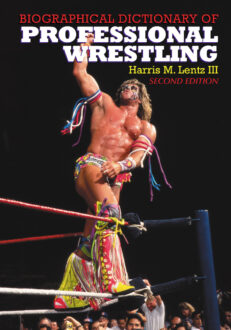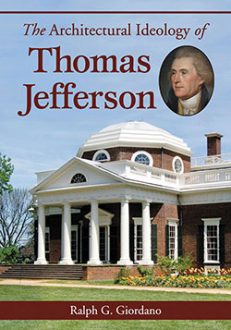The Architectural Ideology of Thomas Jefferson
$39.95
In stock
About the Book
In contrast to his enormous political influence, Thomas Jefferson’s vast cultural contributions, especially in the realm of American architecture, remain relatively unknown to mainstream Americans. Among architectural professionals, however, Jefferson is immediately recognized as one of the most influential architects of all time. Although he was considered a “gentleman architect,” Jefferson honed his skills as well as any professional. His three most notable visionary works at the Virginia State Capitol, the educational complex at the University of Virginia, and his own home at Monticello remain monumental in the field of American architecture and society. This volume reveals how Jefferson’s politics and architecture coexisted and explains how he marked his political maturation through corresponding architectural monuments that reflected his ideals. Consequently, Jefferson provided America with a combined architectural and political ideology with the intention of safeguarding the future of liberty and democracy in America.
About the Author(s)
Bibliographic Details
Ralph G. Giordano
Format: softcover (7 x 10)
Pages: 263
Bibliographic Info: 101 photos & illustrations, notes, bibliography, index
Copyright Date: 2012
pISBN: 978-0-7864-7017-4
eISBN: 978-0-7864-9091-2
Imprint: McFarland
Table of Contents
Table of Contents
Acknowledgments vi
Preface 1
Introduction 3
1 • A History of Thomas Jefferson’s America—From Colonial Settlements to a New Nation Conceived in Liberty 9
2 • A Student of Architecture Emerges—The Gentleman Architect Builds a Palladian Villa 23
3 • A Revolutionary Architect in Pursuit of Happiness—The Declaration of Independence Reordered as a Corinthian Column 56
4 • The Paris Education of a Professional Architect—A Classical Revivalist Emerges from Unrequited Love 70
5 • The Virginia Temple on a Hill—A Visual Expression of State Government 95
6 • The New Federal City at Washington—The Visual Expression of Liberty and Democracy 117
7 • Monticello and Poplar Forest, Architecture of Geometry—The Secluded Studies of Spatial Relationships 146
8 • An Academical Village in Virginia—The Blueprint for the American Higher Education System 184
9 • A Busy Architect Still Survives—The Jeffersonian Architectural Legacy 220
Chapter Notes 235
Bibliography 245
Index 249





